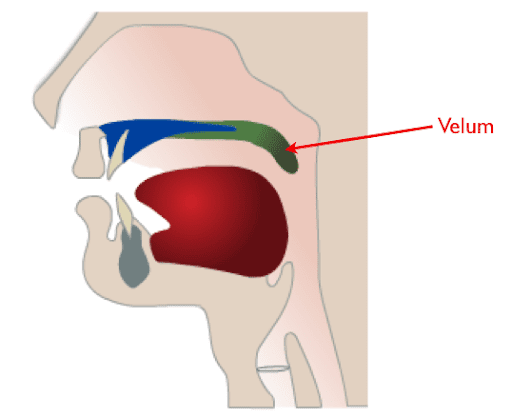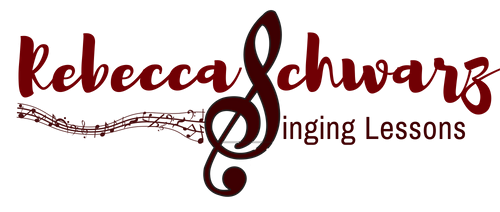In this blog I explore what nasality is and what it (probably) isn’t. I also discuss whether or not it equates with “bad” singing.
What Is Nasality
I hear a lot of people describe singing as being nasal when it’s actually something else entirely.
For example this song below from Rihanna. I’d probably describe her vocal colours as twang, whine and some lovely 5 year old brat style singing. All of these comments are a compliment from me but may be an insult from someone else.
Another thing that nasality is not is hypo-nasality. This is the sound you get when you vocalise and you have a blocked nose. Some people talk like this all of the time. You can’t tell the difference between their “m” and the “b” sounds.
When a sound is referred to as nasal it is usually referring to “hyper nasality” when “too much”, (according to whom?), air escapes from someone’s nose when they are vocalising.
Is Nasality Bad?
Watch this video and pay attention to when Alicia sings in her middle range. She is really nasal and she’s wonderful. She’s also using breathy, whiney and loads of other cool vocal colours.
What is Nasality and How Do We “Do” It?
Nasality It is what happens when we send air through our noses when we are vocalising. It’s something we need to do to make lots of the sounds we use to communicate.
To test if you’re being nasal hold a long note, either in your spoken or sung voice, and then pinch your nose for a second in the middle of the note. If the note changes quality, (and probably gets quieter), then you are being nasal.
If your velum, or soft palate, is down and/or your tongue is really high at the back then the air may escape through your nose as well as your mouth.
What your Velum Looks and Feels Like
Look at the image to the right and spot the Velum, which has been marked up.
Feel inside your mouth, either with your tongue or your finger, (of course you wash it first!) Feel the roof of your mouth near the front, which is hard. That’s the hard palate.
Keep feeling backwards until you feel the roof of your mouth become soft. That’s your soft palate, officially known as the velum. Don’t go so far back that you make yourself sick!
If you say “sing” at the “ng” part of the word you’ll feel your velum come down and your tongue go up at the back to meet it. You may also feel a release of air into your mouth when you release on the end of the “g” sound. Try saying it a few times.
Now you are feeling your velum.

Is Nasality useful?
Nasality is used in a lot of exercises. if you’ve ever worked with humming or the “ng” sound then you’ve used nasality deliberately already in your vocal training.
Nasality is really useful for when you’re trying out new things with your voice. Singing through your nose forces you to lower your breath pressure and it’s very difficult to “push” when you’re making a nasalised sound. Most singers, when working on “twang”, will automatically make a nasalised twang. They will probably want to move out of being very nasalised when they are comfortable with twanging but this is a deliberate choice.
Nasality is a conscious choice.
Different languages have more or less nasalised sounds. Good luck speaking French without using nasalised sounds. We have a few nasalised sounds in the English. They are basically any sound where your mouth is closed “m”, “n”, “ng” and centralised “l”s.
Try saying mama baba without being nasal. Go on, try it now. I bet you sound like you have a blocked nose. Side note, often people say that someone is being nasal when they are actually being completely “non-nasal”. If you can’t hear whether someone is saying m or b then they need more nasality!
Stylistic Times When We Want Nasality
Nasality is used for lots of reasons when vocalising (beyond training). It’s really common in CCM (short for commercial contemporary music) also known as microphone music. Listen to singers to see if they are quite nasal, like the example with Alicia Keys above. Try to reserve making a judgment about whether it is good and enjoy it for what it is.
I also love how Judy Garland and Ella Fitzgerald sing through their nasalised vowels. So smooth. Listen to Judy sing through “sommmmmewhere” “onnnce in a lullllllaby”. Gorgeous!
I’m sharing this because it’s so beautiful but also listen to how Ella sings “kittennnn”. Ella doesn’t linger on the nasalised consonants much here but when she does it’s beautiful. Oh heck, it’s all beautiful.
I’d love to work with you to explore nasality and other vocal colours. To work with me book a free chat or get straight to the singing and book in for a lesson/consultation.
Playing With Nasality
I’m planning my next Youtube Video being an exploration of nasality. Make sure you subscribe to my channel to be told when I’ve done the video.
The Vocal Explorers is a monthly Subscription Group where we meet on Zoom twice a month to explore voice related stuff and between classes on a private Facebook Group. It’s only £20 a month at the moment.
